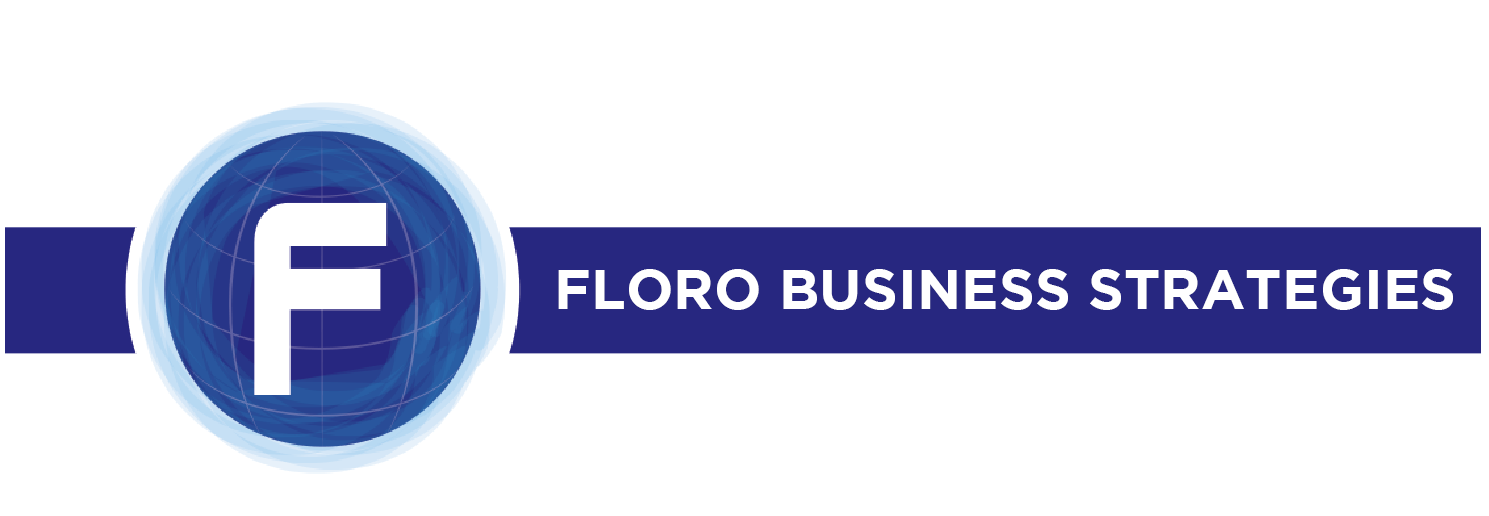Key Components of a Business’ Strategic Plan
At Floro Business Strategies, we believe that a business’s best results are achieved through relationships and strategic planning. We’ve put together a set of key components for building a strategic business plan. In addition to these standard ingredients, the experts at Floro Business Strategies listen to clients, evaluate their options, and collectively create a plan that’s unique to their situation and aspirations.

The key components of a standard strategic plan include the following:
- Mission, Vision and Aspirations – A mission statement is your overall, lasting formulation of why your company exists and what it strives to be. This statement includes the goals you want to accomplish and an outline of how you intend to achieve them. A strategic plan needs a clear statement of your company’s purpose in the marketplace. Why did you form this company, and what are you hoping to accomplish by developing it and offering its products or services to the public?
- Core Values – With your mission and vision statements in place, you will next focus on crafting your core values. Values provide guidelines for the process of strategic planning, decision-making and behavior. Clear and agreed-upon core values can keep your organization and its people on track and motivated. Your core values represent the company’s highest priorities and deeply held driving forces, as well as the vital principles that need to guide leaders and employees in their day-to-day and long-range decision-making.
- Strengths, Weaknesses, Opportunities and Threats – A SWOT analysis of strengths, weaknesses, opportunities, and threats is a rundown of your company’s current situation, from these four key perspectives. SWOT represents a snapshot of the pathways open to you and the pitfalls you may encounter along the way. Your strategic plan should also include an examination of your competitive advantage, unique selling point, and the opportunities that can be a result.
- Objectives and Strategies – Business objectives and strategies should reflect the targets that your business wants to hit in the future. Long-range objectives represent what you need to concentrate on in order to make your vision a reality, and typically have timelines of several years or more. Your general strategies include the overall means you will employ in order to achieve your objectives, and thus, your vision. With these in place, you can then organize the shorter-term priorities and performance initiatives that detail the “who, what, and when” resources you will leverage to accomplish them.
- Measurements and Funding Streams – To compile a proper plan, you must incorporate a means of tracking your company’s output and performance against regularly scheduled targets, as well as conduct a financial analysis that takes into account past and projected performance. The numbers in your strategic plan don’t need to be elaborate, but they need to be able to help you, and investors, get an overview of your financial resources.
You don’t necessarily need a complex, many-page strategic plan to be successful. Some entrepreneurs have done well with a short, but thoughtfully crafted document, whose conciseness helps keep everyone in the company focused on the same goals. Shorter plans will allow an entrepreneur and their team to distill the basic identity and goals of their company down to their most easily understood, actionable elements.
During this time, it seems that all historical business processes are somewhat up in the air. If you’re stuck and looking to reinvent your strategy, contact Floro Business Strategies. We are here to discuss your options and develop a plan that meets your requirements. Call us–we listen!







0 comments on Key Components of a Business’ Strategic Plan